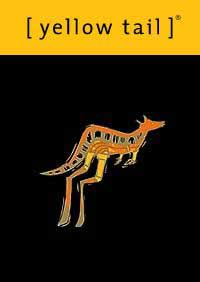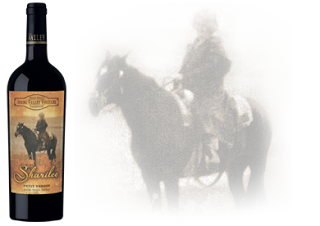When I think of "bubbles," of course I think about that wonderful liquid that tickles my tongue, but I cannot help to think about the Lawrence Welk Show.
As a youngster, it was always such a treat to spend a Saturday night at Grandma and Grandpas. They always ended every dinner with dessert and just after dinner, and before we sat in front of the television, Grandpa would pop a batch of popcorn in the old electric popper and slather the hot corn with lots of melted butter. He would also open a bottle of Pepsi-Cola for us to share.
However, with all of these treats came payback - - we had to sit with him and Grandma and watch Lawrence Welk. Also known in our household as, "Bubbles," this name was due to the start of the show, the "pop" of a Champagne bottle and many blown soap bubbles would fill the stage. The show even had a woman soloist, Norma Zimmer, who was known as the "Champagne Lady."
Little facts and trivia about that bottle of bubbly you will be enjoying this evening:
*All Champagnes are sparkling wines, but not all sparkling wines are Champagnes. For a sparkler to be a true Champagne, it must come from the region in France, named Champagne.
*The three traditional grapes used to produce Champagne are Chardonnay, Pinot Noir, and Pinot Meunier, and of course, all three varieties grow in the Champagne region.
*Dom Perignon, a Benedictine monk, is considered to have "invented" Champagne. He managed to capture the bubbles in the bottle, therefore inventing a method called "Methode Champenoise," a process of double fermentation. It's important to understand that the bottle of bubbly you are enjoying is not a cheap domestic. These mass-produced wines that line the supermarket shelves, with flavors of almond and "peach passion," have not gone through the traditional double fermentation process and only had CO2 added exactly like a bottle of soda pop.
*Vintage or Non-Vintage? In a good year, about 10 to 15% of the total Champagne produced is Vintage (all grapes harvested from a single year). According to regulations, Vintage Champagne must be aged for at least three years. Non-Vintage (NV) Champagne accounts for the majority of the Champagnes produced in France. Of course, NV Champagnes are more affordable in comparison to Vintage, but they still taste just as delicious and tickle the tongue.
*There are 49 million bubbles in a 750ml bottle of Champagne - give or take a few.
*There are three traditional styles of Champagne glasses: the coupe, tulip, and the flute. Legend is the "coupe," a shallow broad-rimmed bowl, was modeled in the shape of Marie Antoinette's left breast. Sure, the story is - - umm - - rather "titillating, but this bra cup-shaped goblet doesn't hold the bubbles as long as a flute-shaped glass does.
*Your kissable lips, colored with lipstick, will actually break up the bubbles. But then again, so will anything that is greasy, like potato chips, buttery popcorn, French fries and KFC. However, in spite of the grease, do live a little and pair Champagne with a bag of potato chips.
*According to Marilyn Monroe's biographer, it took 350 bottles of Champagne to fill her bath tub.Make one of your New Year's Resolutions that you will drink more bubbly. Why wait for a special occasion, when every morning we wake up is special? In the mean time, please be safe as we celebrate the arrival of our new year.
If you are going out for the evening; name a designated driver, go in style and rent a limo, call a taxi or write the number down for your local sponsored Tipsy Taxi - - and call it. In Walla Walla call: 509-522-8299.
At this holiday season, my thoughts turn gratefully to my readers, fans, and friends. May all your joys be pure joys, and all your pain be Champagne.
C~





































